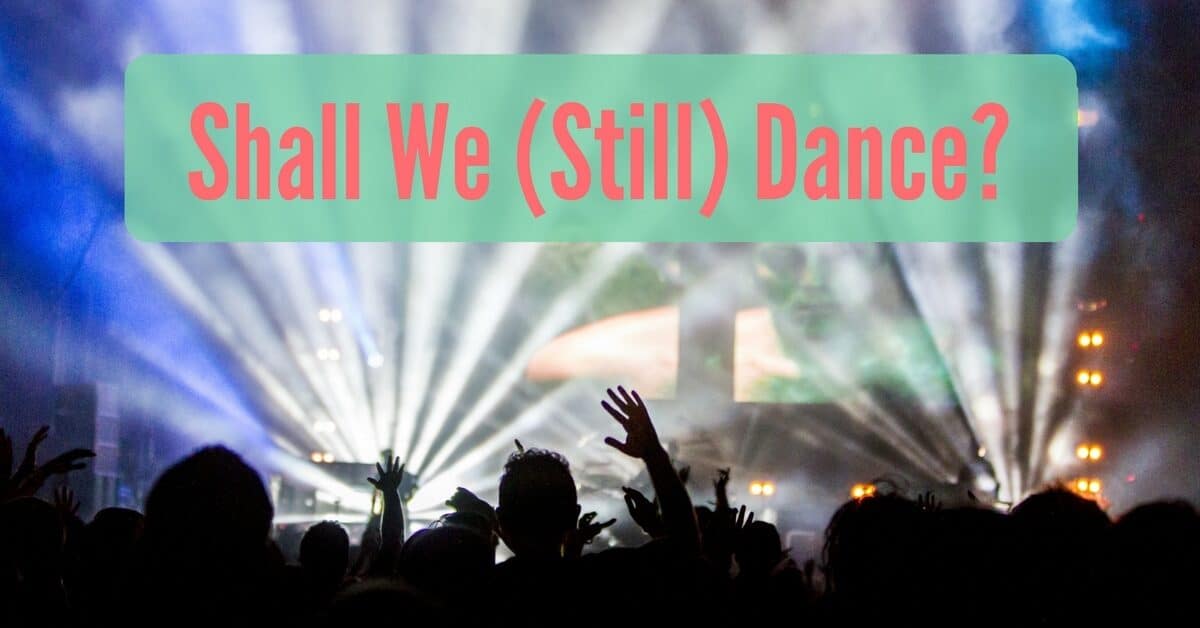Or, pardon the pun, “’Til Deaf Do Us Party”.
Whether you’re mixing it up or dancing to it, loud music in dance clubs is far from kind on the ears. Many popular clubs feature extreme music volumes, and even compete with other clubs, their sound system designers attempting to outdo each other. These systems are overpoweringly loud, with the goal of creating ecstatic, collective states where the physical, visceral force of sound is an essential ingredient.
Dance Club Survey
A recent survey, which tested decibel levels in several popular dance clubs in San Francisco, found that the noise levels were so loud, that they were not only hazardous to one’s hearing, they violated the law. All clubs surveyed were in violation of California’s Occupational Safety and Health Administration’s laws governing noise in the workplace. These laws are only for the protection of the workers. Employers must provide hearing protection for noise levels above 85dB, regular hearing exams, and provide employer-sponsored hearing loss programs.
There are virtually no regulations in place for the protection of the club-going public.
Noise Exposure
It has been well-established that lengthy exposure to any sound over about 85dB (decibels) – more or less the volume of someone shouting – can and will cause damage to your hearing. A typical club sound system belts out music at around 100dB. By contrast, a pneumatic drill clocks in at around 110dB.
Noise levels at the clubs surveyed above ranged from 94dB to 105dB. At the higher end of that spectrum, 105dB, according to the National Institute for Occupational Safety and Health (NIOSH), you can only spend 4 minutes and 43 seconds, or you risk damaging your hearing. At the low end of that spectrum, 94dB, you can spend an hour on the dance floor before risking your hearing.
Prolonged exposure to these high volumes causes damage to the tiny hairs in the middle ear that convert vibrations into auditory signals. Once these hairs are damaged, they cannot be replaced.
The Noisy Reality
There are legal limits on how loud a club can get, but the volume is usually set at a threshold that’s already considered hazardous, and few cities have the resources to spot check the clubs for compliance. A small room traps sound more effectively than a large one, and a full room also responds differently than an empty one (you’re better off in a crowd). Concrete reverberates sound, and the closer you are to the stage, the louder it will be.
Signs of Damage
Club patrons often seem completely heedless of the risks. Commonly, the first sign of extreme noise-induced hearing damage is the hum or ringing of tinnitus. Tinnitus is a neurological problem that originates in the brain, involving miscommunication between noise-damaged sensory cells, the result of which is continuous ringing or buzzing in the ears. Its effects can range from mildly annoying to debilitating. An estimated 50 million Americans suffer from tinnitus.
Others report a dullness to sound, as if cotton is stuffed into the ears. This can last a day or two, or it can become permanent. If you are still hearing the effects of a night out more than 2 days afterwards, you likely have permanent damage to your hearing.
Earplugs? At a Dance Club?
The only way to protect one’s hearing is to wear ear protection. When properly inserted, foam earplugs can block out dangerous frequencies. However, there is a persistent notion that earplugs lessen the concert or club experience by cutting out important frequencies. However, many audiologists assert that cheap foam earplugs are designed to cut out only the dangerous frequencies, but vocals and other components of music are still audible.
The largest resistance to wearing earplugs is cultural. Our social climate programs us to deny and even mock protective measures. Many people regard warnings about hearing damage as a myth, even if they are experiencing some subtle signs of such loss.
The Bottom Line
It is up to listeners to protect themselves……the way that music is performed at concerts and played in clubs is unlikely to change. Loud music venues have been the norm since the 1970s, and today’s sound technology has made the problem even more prevalent.
If you love to go to dance clubs, you will need to weigh carefully the possibility, or probability, that you will sustain hearing damage, unless you use ear protection.
The damage to your hearing might not be immediately apparent, or debilitating, but the cumulative effect of years of eardrum-shattering music will eventually take its toll.


